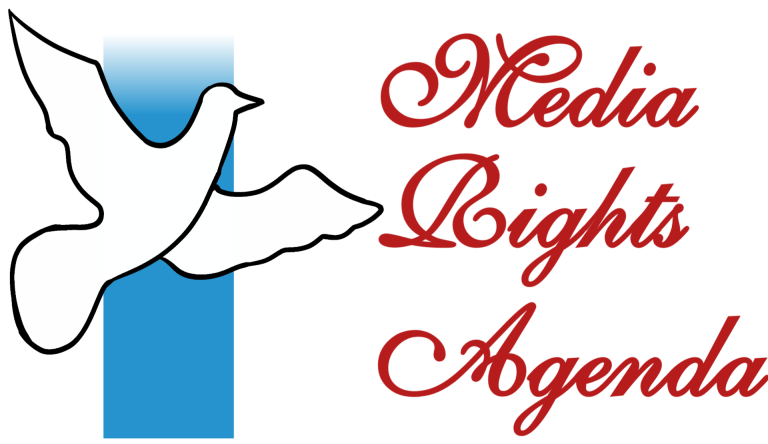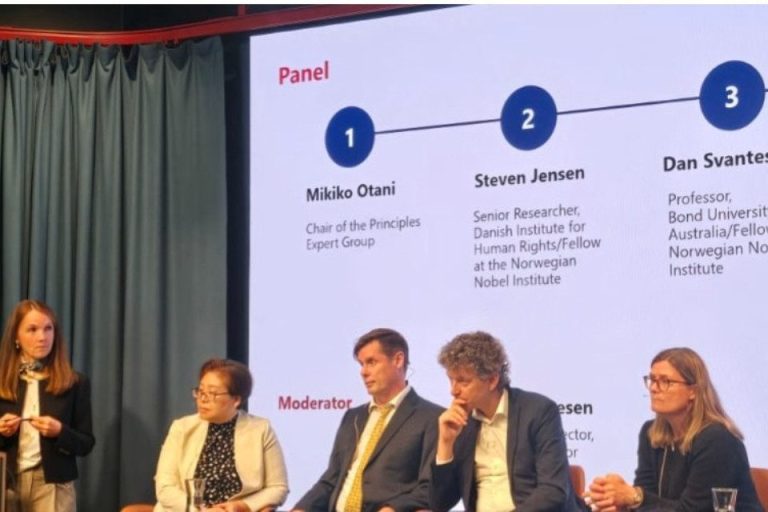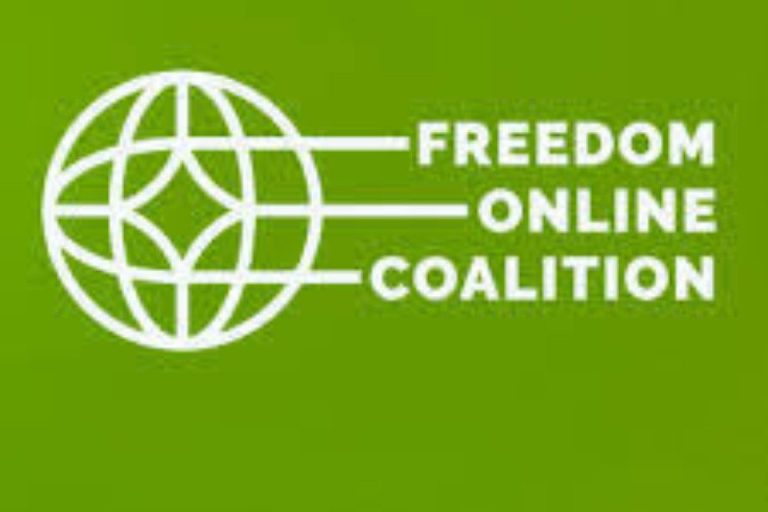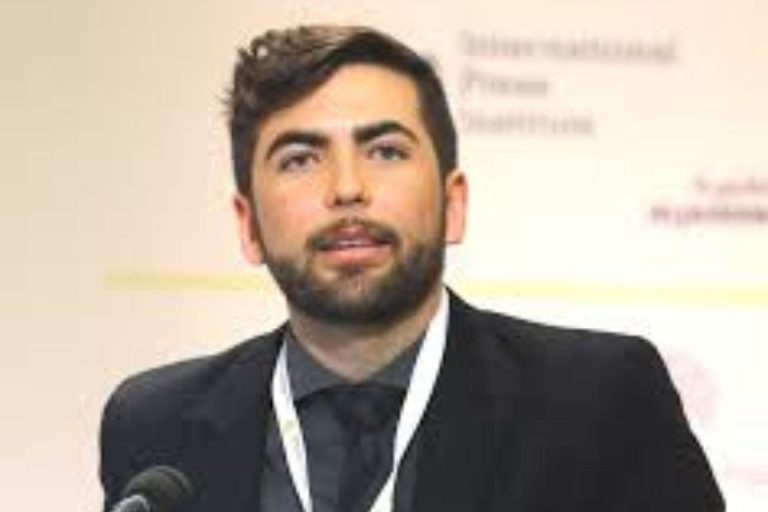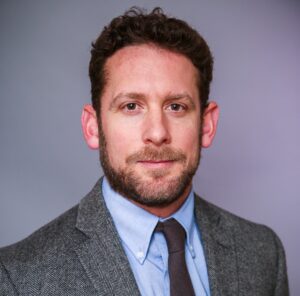
The Washington DC-based Center for International Media Assistance (CIMA) has issued a new report in which it analyzes trends in official aid flows to the media over a decade, between 2010 and 2019, highlighting the fact that despite increased attention in recent years to media development and press freedom as priority areas of international cooperation, there is still no substantial increase in foreign assistance to the media sector.
Titled “Are Donors Taking the Journalism Crisis Seriously? An Analysis of Official Aid to Media 2010–2019”, the 36-page report written by Mary Myers, a British communication and media for development expert, and Heather Gilberds, CIMA’s Associate Director and Editor, noted that the “future of independent journalism is in crisis”.
According to the authors, “Escalating threats are driving a record number of journalists into exile and authoritarians are finding new ways to silence journalism, control the information space, and stifle public debate and dissent. Traditional business models for the media are no longer viable in the wake of digital transformations. To secure the future of independent journalism, international aid is critical.”
But they concluded that the international assistance community is not meeting the needs of a sector in danger of extinction as “support for media has languished at 0.3 percent of total official development assistance.”
The report noted that judging by the average amount of aid allocated to media assistance over the 10 years, the top six donors were the United States, Germany, Sweden, Japan, France, and the United Kingdom.
It said although these countries made the largest commitments over the 10 years analyzed, they are also among the countries with the largest gross national incomes and, as such, have the largest commitments to official development assistance (ODA) overall in terms of dollar amounts, adding that yet, their media assistance ranks lower when analyzed according to the proportion of overall ODA they commit to the sector, with the United States at 0.23 percent, Germany at 0.29 percent, Sweden at 0.83 percent, France at 0.21 percent, and the United Kingdom at 0.25 percent.
The report stated that analyzing data from the top six donors, namely the United States, Germany, Japan, France, Sweden, and the United Kingdom, allows for a robust perspective on overall media assistance, given that they account for most total official aid to the media sector.
It noted that many of these donors are also the most active and influential media supporters in terms of international cooperation and coordination, evidenced by the numerous multilateral initiatives they are spearheading, such as the Media Freedom Coalition, Summit for Democracy, and Forum on Information and Democracy.
Besides, it said, some of the aid agencies also have specialized media support strategies and dedicated experts focused on the media sector on staff.
However, the authors reported, several NGO representatives have seen a decline in the number of dedicated specialists among donor agencies, with one Dutch INGO representative noting that “The level of staff, expertise, and higher-ranking officers involved in media support, media assistance, and safety of journalists is shrinking.”
The report said the countries and regions that received the largest shares of media development aid between 2010 and 2019 were Sri Lanka, Ukraine, and “Africa regional;” adding that out of the more than $200 billion of development aid spent each year, just $317 million on average is committed to support media freedom, pluralism, and independence.
It noted that although the world’s major democracies have reaffirmed their commitment to saving independent media in recent years, this has yet to translate into a meaningful increase in foreign assistance to the sector.
For instance, the report stated that in the face of new crises, like the COVID-19 pandemic and the war in Ukraine, donors have come out with strong policy statements affirming the need for quality independent media but few have announced corresponding increases in aid to support media.
The authors observed that six donors provide the lion’s share of foreign aid to media development, but that they are also the countries that provide the largest amount of official development assistance overall and that few new countries have answered the siren call and added media development as a priority area for international assistance.
They insisted that most development agencies are not equipped with the technical expertise to address the sector’s thorniest challenges, including how to improve financial sustainability, build political will for media freedom and independence, and promote local ownership of media development.
The authors insisted that a more holistic vision for media development is required — one that works, when possible, with reform-minded recipient country governments to build and implement a transformational agenda for the independent media sector.
Such an approach, they said, requires investing in legal and regulatory structures, building local media capacity at national and regional levels, reforming the business environment for independent media, and catalyzing private capital to grow and scale the most promising news organizations.
They also proposed that journalist associations and civil society organizations committed to upholding a democratic public sphere must also have the capacity to shape the enabling environment for news media.
But the authors stressed that the amount of aid allocated to fostering a free and open press does not begin to address the enormity of challenges the sector faces and is woefully insufficient to advance the transformational agenda needed to save independent journalism.
